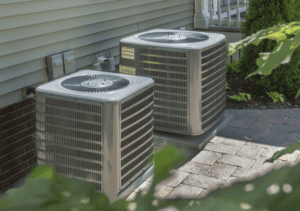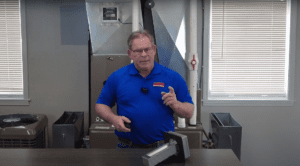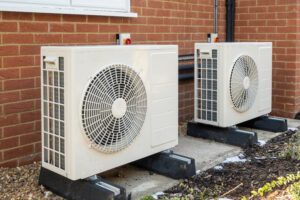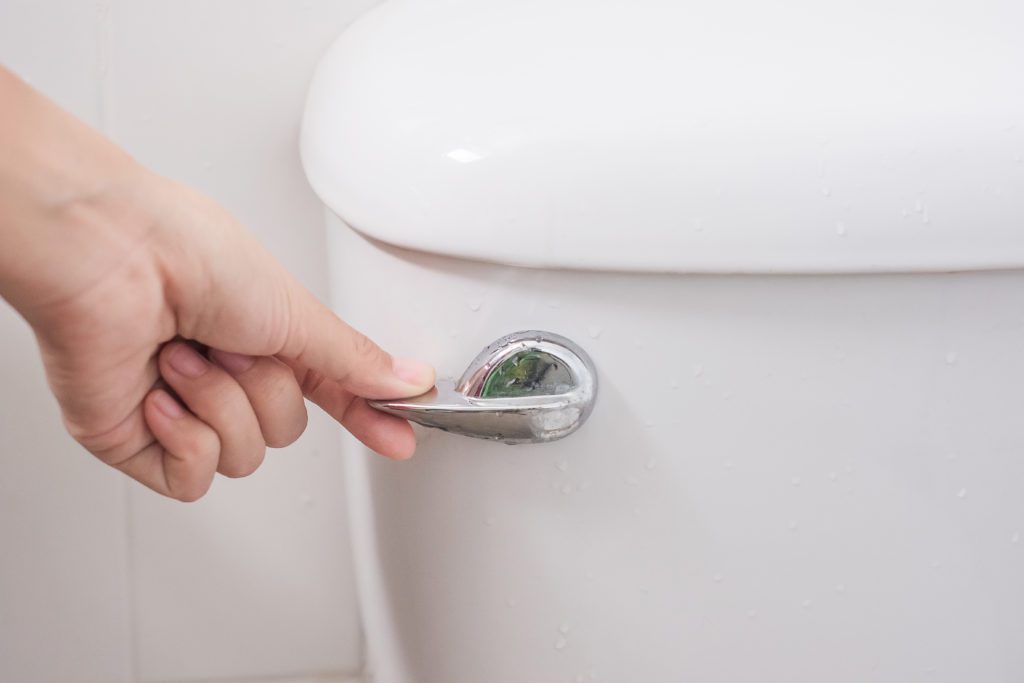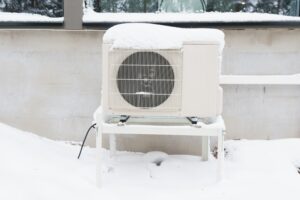After you flush the toilet, the last thing you want to see is the water rising higher and higher and higher and not stopping. An overflowing toilet can turn into a big mess, leading to a hassle for you, especially when it floods the surrounding area in your bathroom. There are many reasons why your toilet may overflow; fortunately, most of the time, the problem can be resolved rather quickly.
However, if you’re toilet overflows often, you may be dealing with a larger problem. Our plumbing experts at Cates Heating and Cooling know that an overflowing toilet is a huge inconvenience, and we’re here to offer some advice the next time that toilet water won’t stop flowing.
Potential Causes of Overflowing
The potential causes of an overflowing toilet can range from a minor inconvenience that can be easily solved to a larger problem that will need to be looked at by a professional. Common reasons why toilets overflow include:
- Clogged Drain: If your toilet is overflowing when flushed, it’s usually the result of a clog or blockage, or an error in the tank float mechanism that regulates water flow. A clogged toilet will start to overflow immediately after you flush the toilet.
- Sewer Problems: Sometimes, the lines that run from the main sewer line to the inside or outside of your home can get clogged with foreign objects. Tree root systems in your yard are also common culprits for dislocating or blocking sewage pipes. If you find any standing water in your basement or a crawlspace, this could indicate a problem with the sewer or sewage lines.
- Septic System Problems: Some houses may have their own septic systems. These systems work by slowly releasing water into the soil around the tank and into a drain field. Your toilet may overflow if there’s a problem with your septic tank. If the area around your tank underground cannot dissipate the water, it will fill up and cause your toilet to overflow.
- Low-Flow and Older Toilets: Older toilets can become easily clogged from non-flushable items or too much toilet paper. To avoid toilet overflows, avoid flushing feminine products, diapers, paper towels, dental floss, or hair down the toilet.
What to Do If Your Toilet Overflows
If your toilet starts to overflow, try not to panic; you’ll have to act rather quickly if you want to minimize any flood or water damage in your home. For most overflows, a clogged drain will be the cause, and it can be remedied in a short amount of time with a plunger.
First, you’ll want to stop any water flow that’s going into your toilet. Remove the toilet tank lid and press down on the flapper valve. This will prevent any more water from flowing into the bowl. Then lift the float that operates the tank fill valve to stop the tank from filling. After holding both in place for a minute or two, the water should stop flowing.
You can also turn the water supply off directly by turning the valve behind the toilet’s base. If this doesn’t work, the main water supply to your house can be turned off by turning the valve located near the water heater.
After the water has been turned off, place the plunger tightly over the toilet’s drain hole, so it suctions onto the porcelain. Push the plunger up and down for 15 to 20 seconds, applying enough pressure to force air and water into the drain and clear the clog. After plunging the toilet, always flush again to make sure the clog is completely gone.
Unfortunately, a plunger may not work if the drain line is clogged farther down. You may need to use a toilet auger or snake to remove the obstruction. Insert the tube end of the auger as deeply into the toilet hole as possible. Apply gentle pressure so the snaking portion of the auger is released. If you feel pressure or resistance, you’ve most likely removed the clog.
After unclogging the toilet, you can then reset the float mechanism in the tank so the toilet will refill properly. Make sure the chain attached to the float isn’t tangled or kinked or that the float isn’t caught on any debris, as this can cause the toilet to malfunction.
When to Hire a Professional
If your toilet is overflowing for no reason, it might be time to hire a professional. A toilet overflowing that’s not clogged can indicate that a bigger problem is occurring with your plumbing or sewage system. A sewage backup is an emergency situation that requires immediate attention from a professional plumber.
To stop a toilet from overflowing consistently, the plumber may need to investigate to see if there’s a problem on your property or someone else’s. If your home has its own septic tank, a plumbing company can also flush out your system to avoid future backups.
If you’ve had a serious flood or water backup in your home, you may need to hire a professional cleaner—especially if it was due to a toilet overflowing. Any area of your home that’s been flooded with sewage water must be cleaned thoroughly with hot water and bleach. Professional cleaners can ensure your house is fully sanitized, and they’ll even dispose of any items in your home that the water may have ruined.
Cates Heating and Cooling is here for all your plumbing needs and repairs, including clogged toilets, water line repair, and rooter services. We offer sewer repairs, replacements, and sewer camera inspections. We even have convenient financing options to fit your budget. Contact us today at 913-888-4470 for Kansas residents and 816-944-1844 for Missouri residents.






